About Artist Gustav Klimt
Just who is Gustav Klimt? Gustav Klimt was an Austrian painter born in Baumgarten, near Vienna in Austria-Hungary, July 14, 1862. He was the 2nd of 5 children and he and his other 2 brothers exhibited artistic talent at a very early age. In 1876 Klimt attended Vienna Kunstgewerbeschule, a school of applied arts and crafts where he studied architectural painting until 1883. His brother Ernst also enrolled in the school a year later. They essentially lived in poverty but the two brothers and their friend, Franz Matsch, began working together and by 1880 they had received numerous commissions as a team that they called the "Company of Artists". They also helped their teacher in painting murals in the Kunsthistorisches Museum in Vienna. Klimt began his professional career painting interior murals and ceilings in large public buildings on the Ringstraße, including a successful series of "Allegories and Emblems". In 1888 Klimt received the Golden Order of Merit from Emperor Franz Josef I of Austria for his contributions to murals painted in the Burgtheater in Vienna and he later became an honorary member of the University of Munich and the University of Vienna.
Klimt's early works were very traditional and have been described as academic. However, his father and brother Ernst both died in 1892, and he had to assume financial responsibility for his father's and brother's families. These tragedies affected his artistic vision and soon he would move towards a new personal style. It was about this time that he met Austrian fashion designer Emilie Louise Flöge who was a sister to one of his sister-in-laws. Klimt designed many costumes she created and she modeled in his works. Emilie was to be his companion until the end of his life and his famous painting, "The Kiss" (1907–08), is thought to be an image of them as lovers.
In 1897 Klimt helped found the Vienna Secession, a group of artists whose mission was to bring the best artists to Vienna and give new and unconventional artists a showcase for their work. Klimt was at this point becoming very famous and he received many commissions. All his work was not well received however, as 3 commissioned paintings for the Great Hall of the University of Vienna were criticized for their radical themes and material and were called "pornographic". This was his last public commission, however he enjoyed commissions for portraits of some of the more affluent in Austria including Adele Bloch-Bauer I whose portrait is one of his more recognized works.
Klimt's main subjects were of the female body however, while on traveling or on holiday he also painted a variety of landscapes and garden scenes. These garden scenes were tapestry of colorful flowers, sunflowers and greenery executed in his contemporary Art Nouveau style, influenced by the organic forms of the early Arts and Crafts movement. During what is referred to as his Golden Period, Klimt created bold, sensual and highly symbolic works such as the panels for the Palais Stoclet and The Kiss and employed the use of Gold leaf, marble, ceramic, gilded tiles and enamel along with pearls and other semi-precious stones.
Klimt wrote little about his vision or his methods and kept no dairy. Much of what we know is from postcards he wrote to Emile. In a rare writing called "Commentary on a non-existent self-portrait", he states "I have never painted a self-portrait. I am less interested in myself as a subject for a painting than I am in other people, above all women... There is nothing special about me. I am a painter who paints day after day from morning to night... Who ever wants to know something about me... ought to look carefully at my pictures." Klimt died February 6, 1918 following a stroke. His last words were reportedly "Get Emile". Emile inherited half of his estate and continued running her fashion salon for many years, finally passing away in May of 1952.
Information for this article was sourced from https:WikiArt.org, Wikipedia.org and https://www.klimt-foundation.
See our Klimt Gifts and Klimt Art Gift Ideas Photo: Wikipedia.org.
Photo: Wikipedia.org.
Collapsible content
About Our Jewelry Collections:
Jewelry Inspired by Masterpieces, Nature, and Music
Creative expression you can wear — from Monet to music notes.
Our Jewelry Collection is a celebration of art, nature, and personal style, featuring themes as diverse and expressive as your customers. Explore a unique selection of art glass jewelry, wildlife-inspired designs, and music-themed pieces — plus new arrivals geared toward nature lovers and men’s jewelry styles.
You’ll find butterflies, dragonflies, sea turtles, dolphins, and hummingbirds, along with striking palette pendants, art necklaces, and glass earrings inspired by famous painters like Van Gogh, Monet, Degas, Klimt, and Kandinsky.
Each piece is packaged in a gift-ready box making every piece a meaningful gift or personal keepsake.
Elegant, expressive, and wearable art — for all styles and stories.
Collections
-
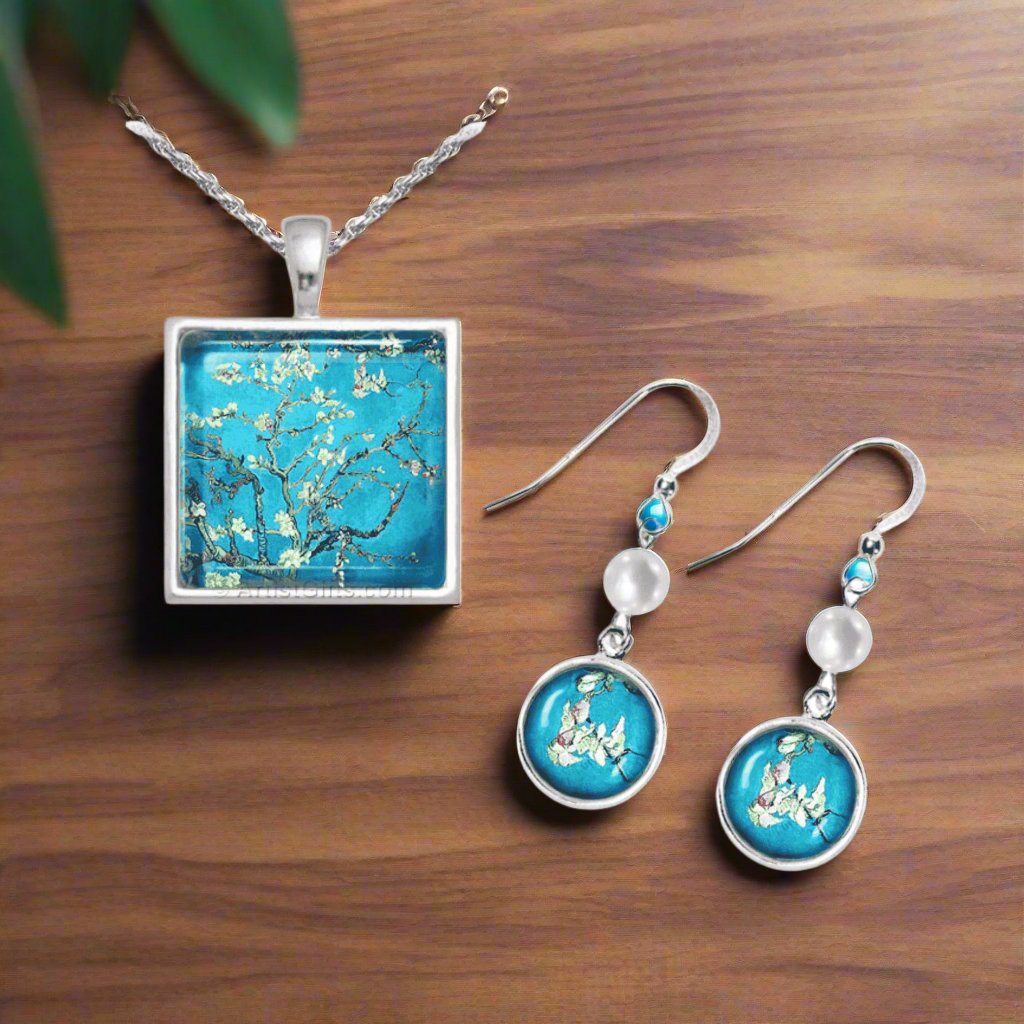
Art Inspired Jewelry
Our Art Inspired Jewelry is a perfect gift idea for your favorite...
-

Timeless Roman Glass Jewelry Collection
Authentic Roman Glass Jewelry — Timeless, Unique, and Handcrafted Own a piece...
-
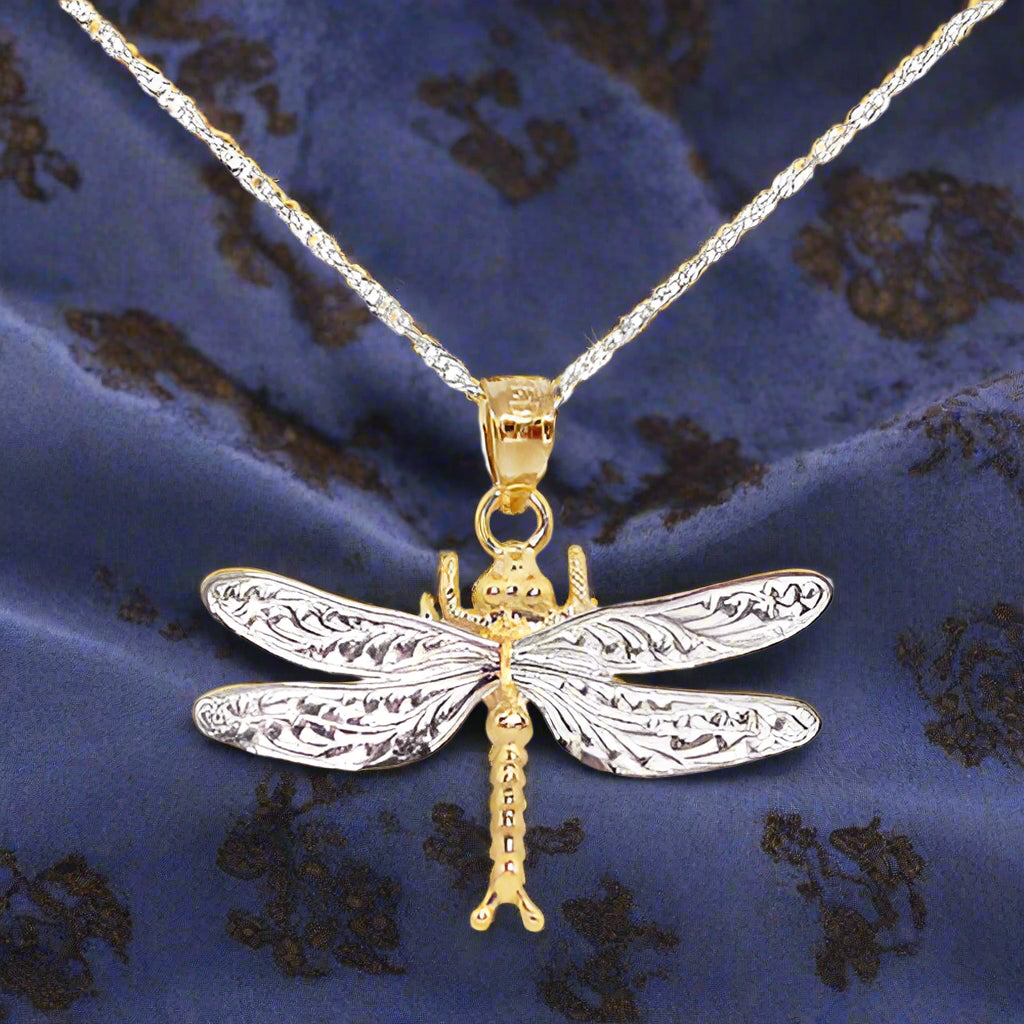
Dragonfly Jewelry
Our special dragonfly jewelry collection features dragonfly earrings, dragonfly necklaces and dragonfly...
-
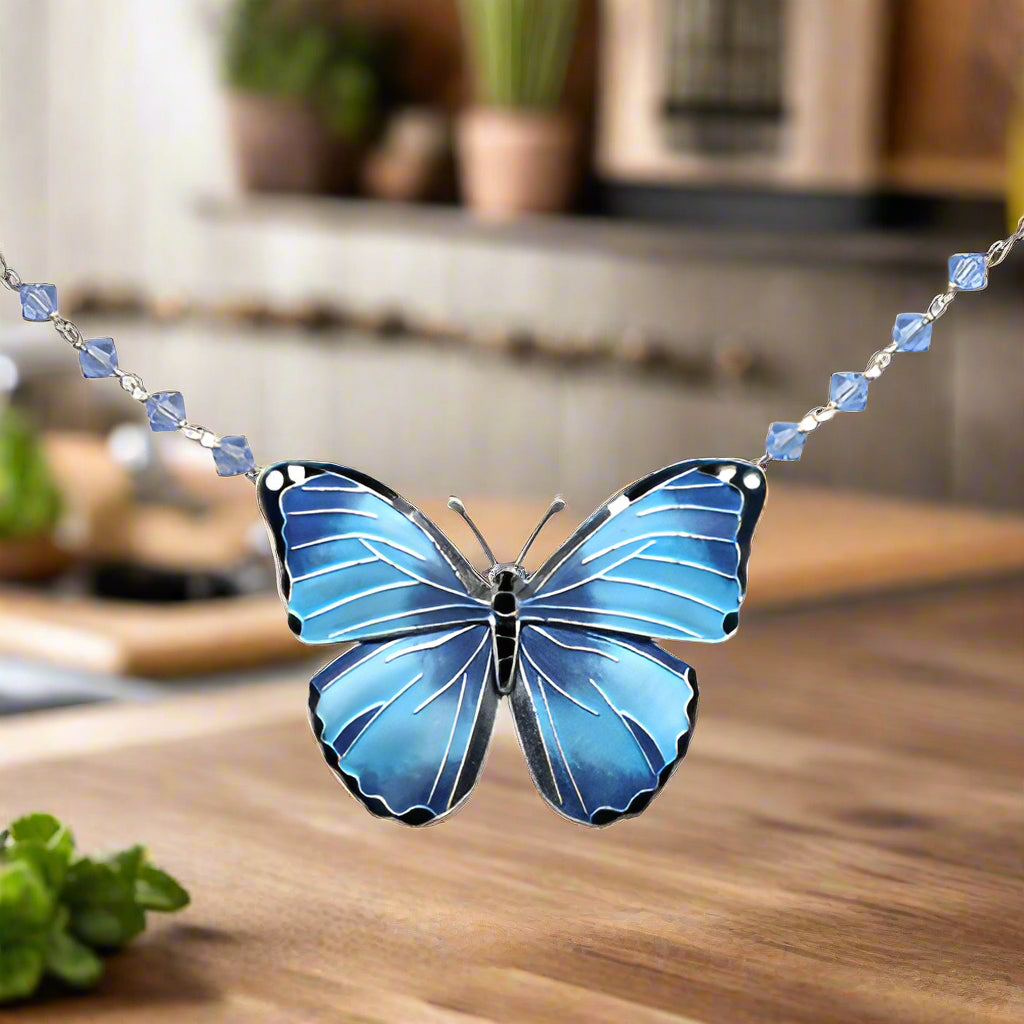
Butterfly Jewelry
We offer beautiful sterling silver butterfly jewelry, gold butterfly jewelry and gemstone...
-
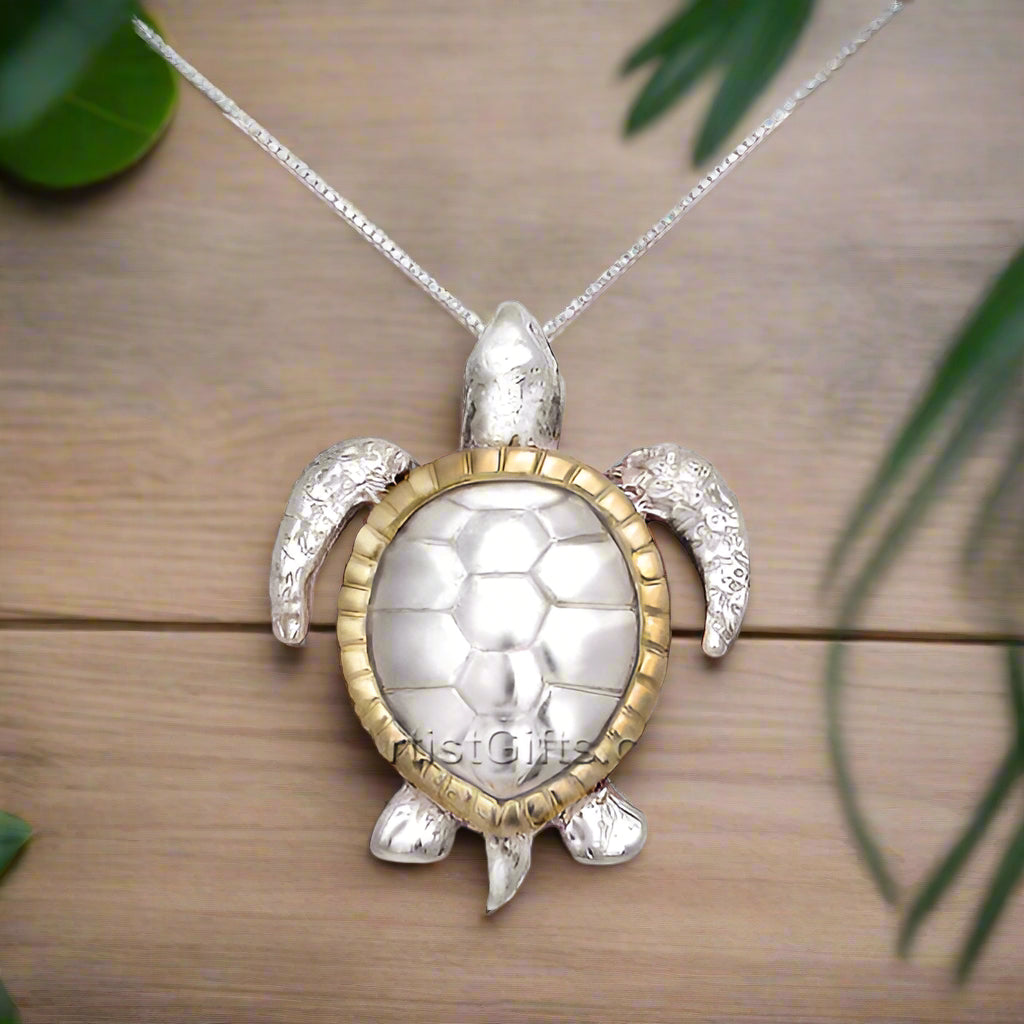
Sea Turtle Jewelry
One of our very popular wildlife collections includes this beautiful sea turtle...
-
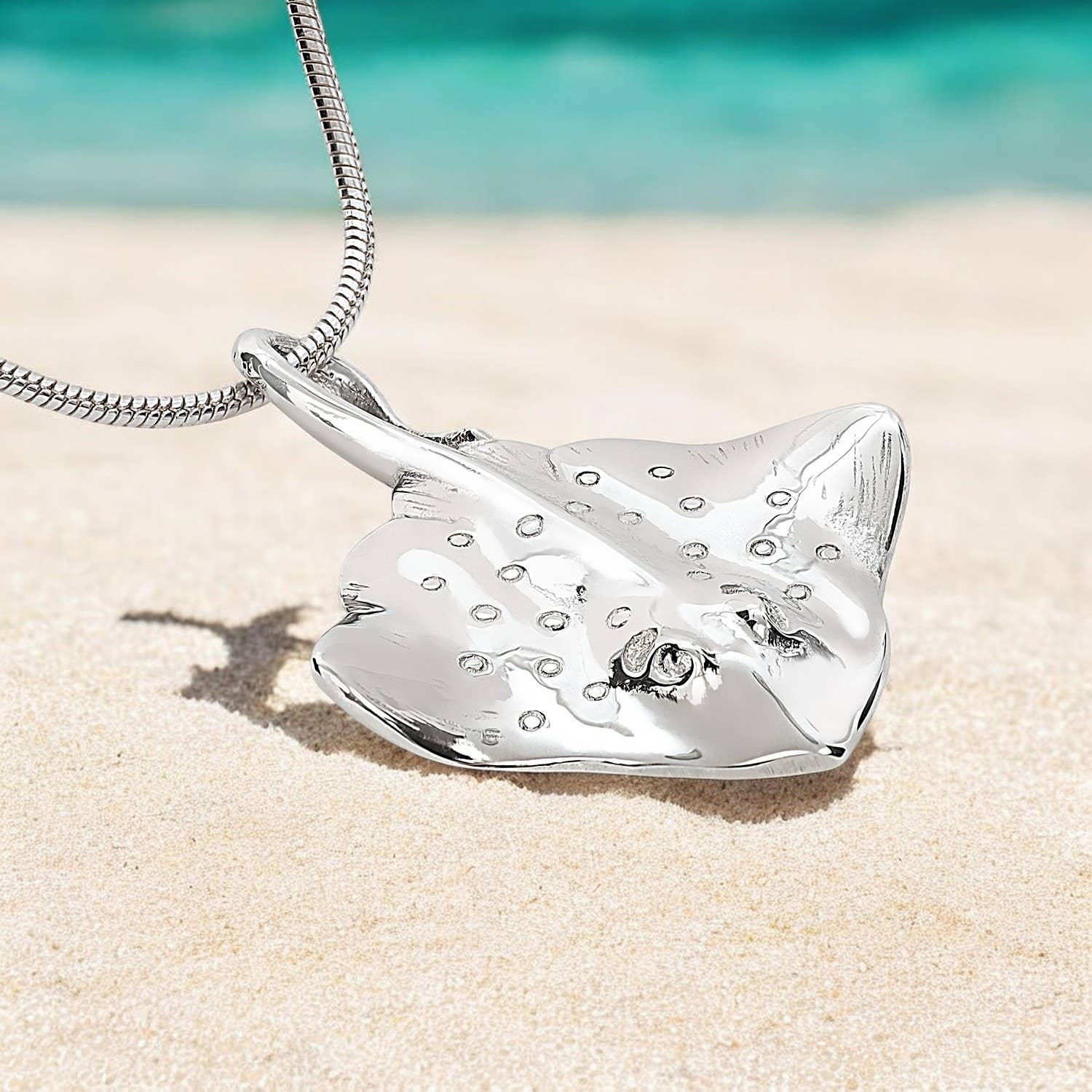
Dive into Wonder: Sea Life Jewelry Collection
Explore Our Sea Life Jewelry Collection Immerse yourself in the wonders of...
-
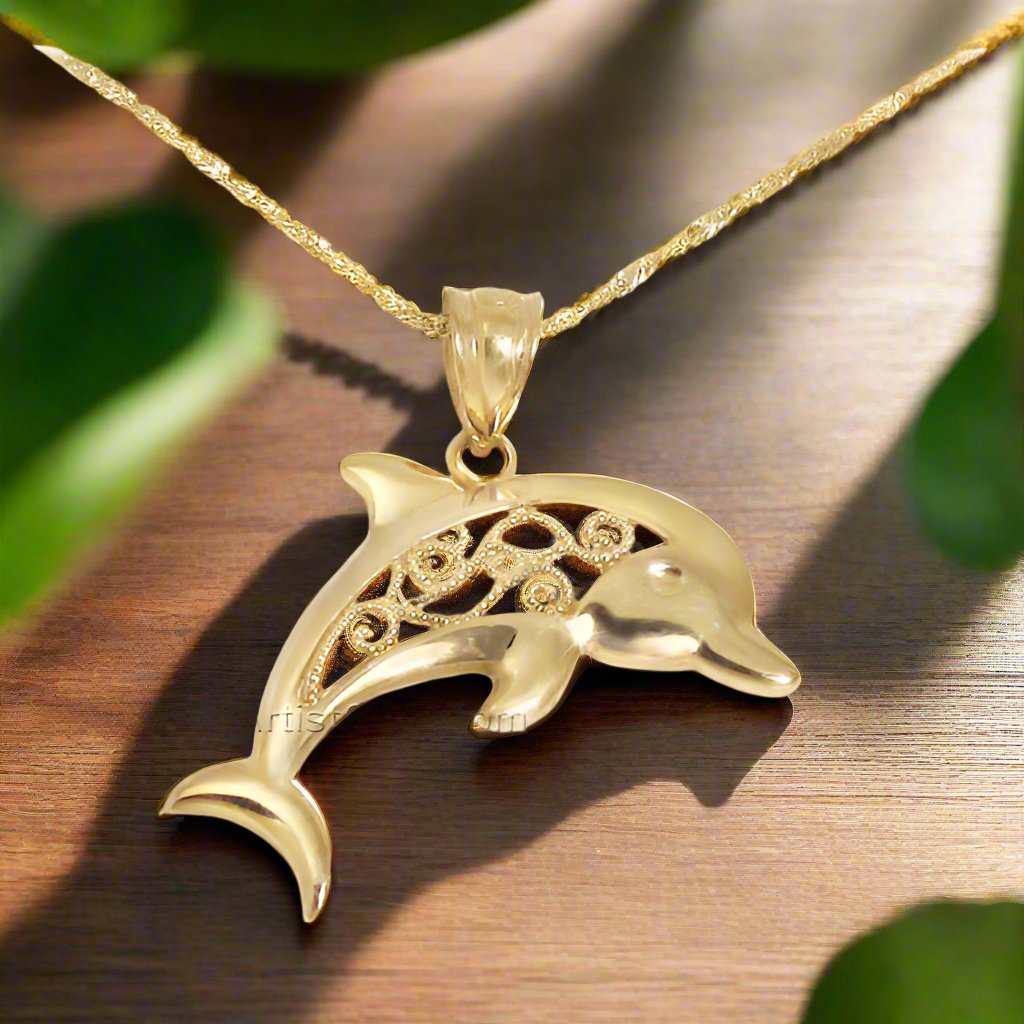
Dolphin Jewelry
Whale, Killer Whale & Dolphin Jewelry in Sterling Silver, 14k Gold, and...
-
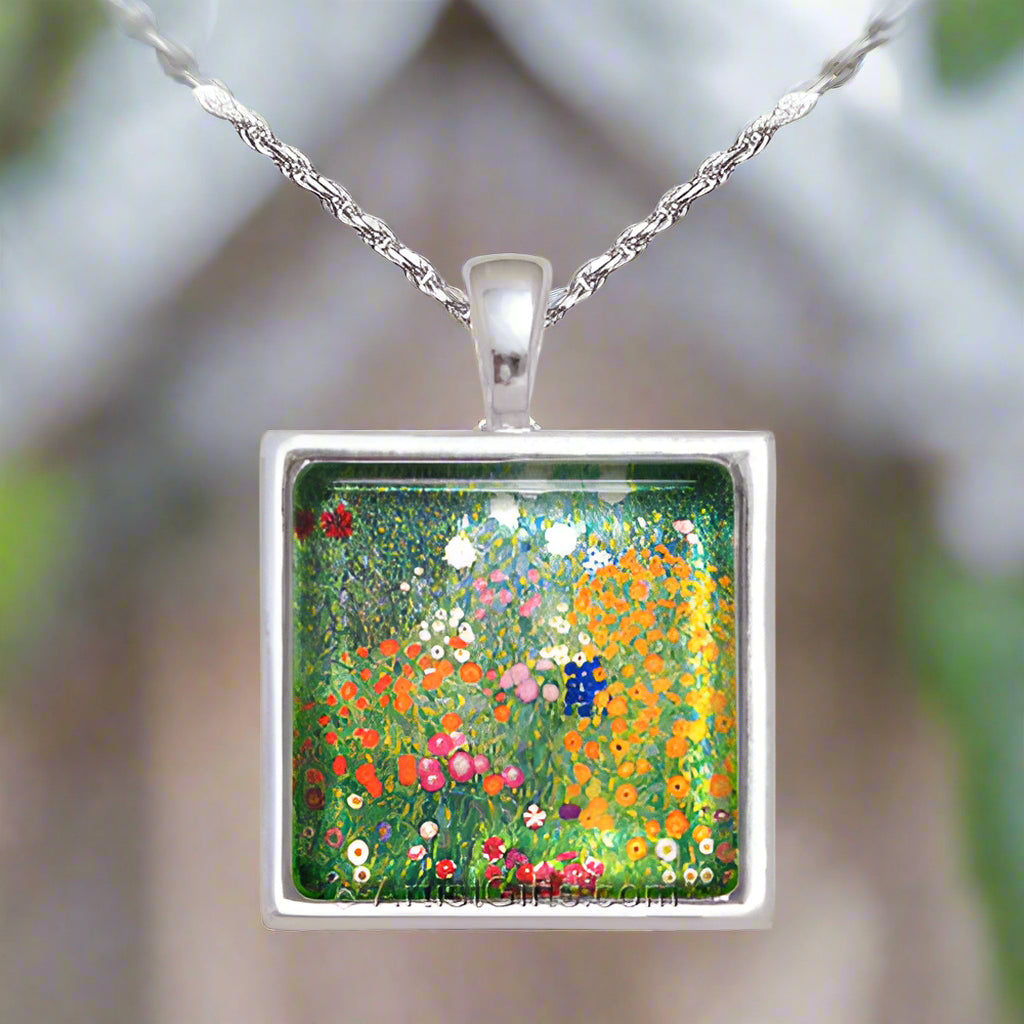
Flower Jewelry
Everybody loves beautiful flowers and our lovely flower jewelry includes all your...
-
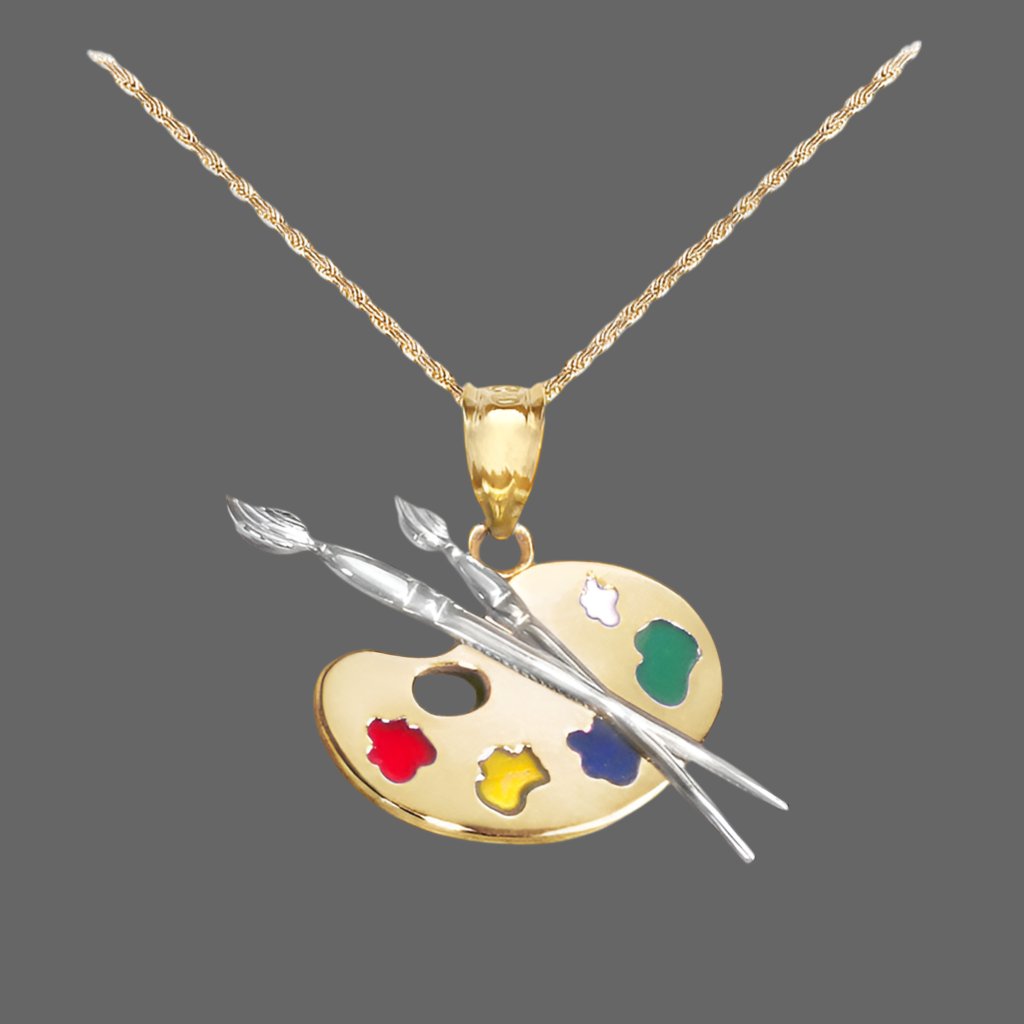
Artist Palette Jewelry
You're going to love this special artist palette jewelry featuring several styles...
-

Hummingbird Jewelry
Artful and Unique Hummingbird Jewelry for Hummingbird Lovers. The arrival of migrating...
-
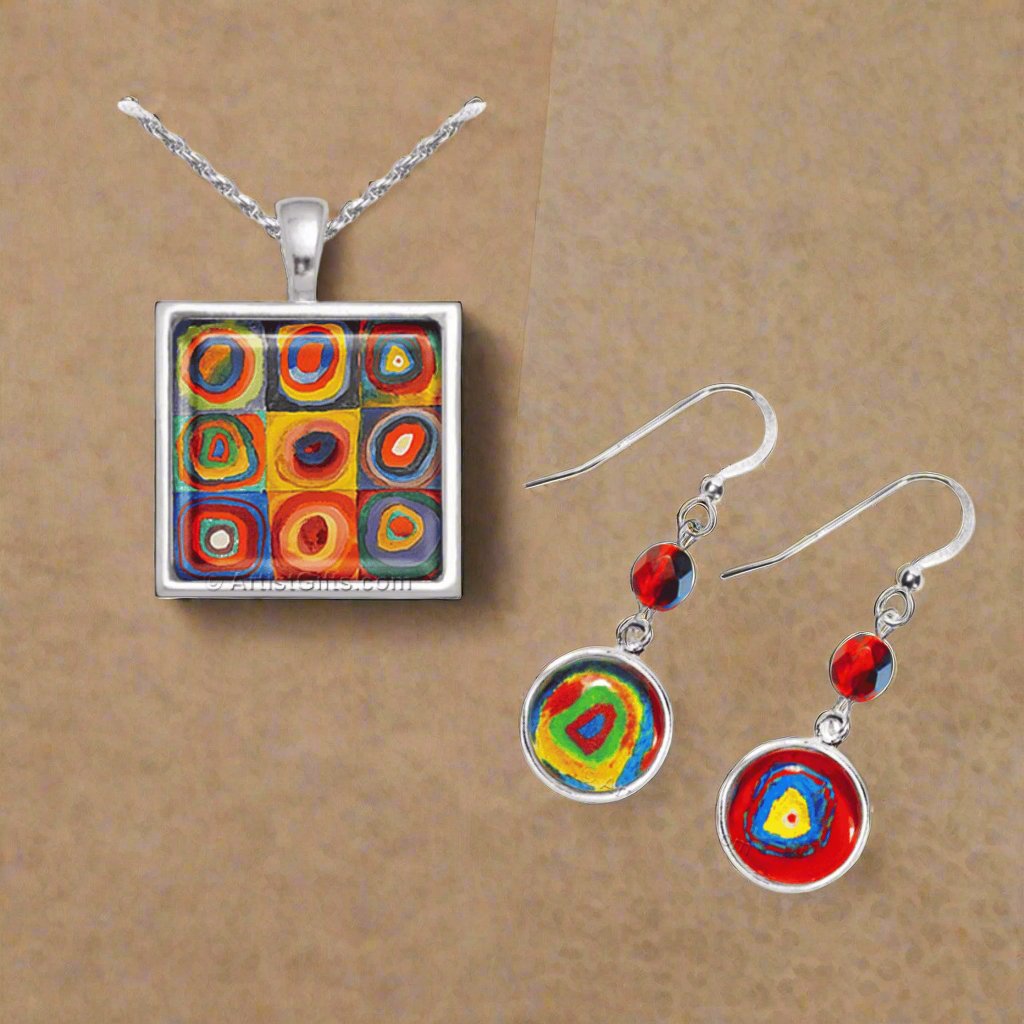
U.S.A. Made Jewelry
Our USA made jewelry collection includes art inspired jewelry as well as...
-
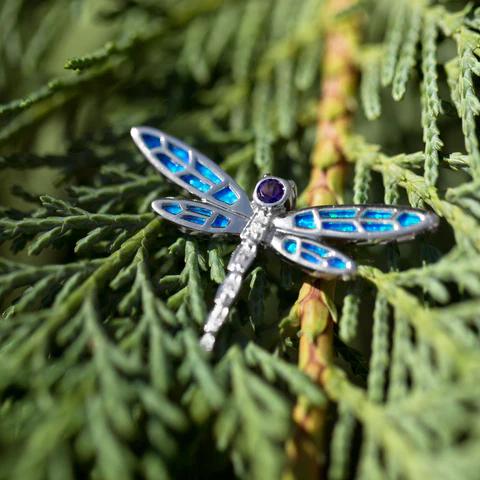
All Jewelry
Inspired by Masterpieces, Nature, and Music Creative expression you can wear —...













